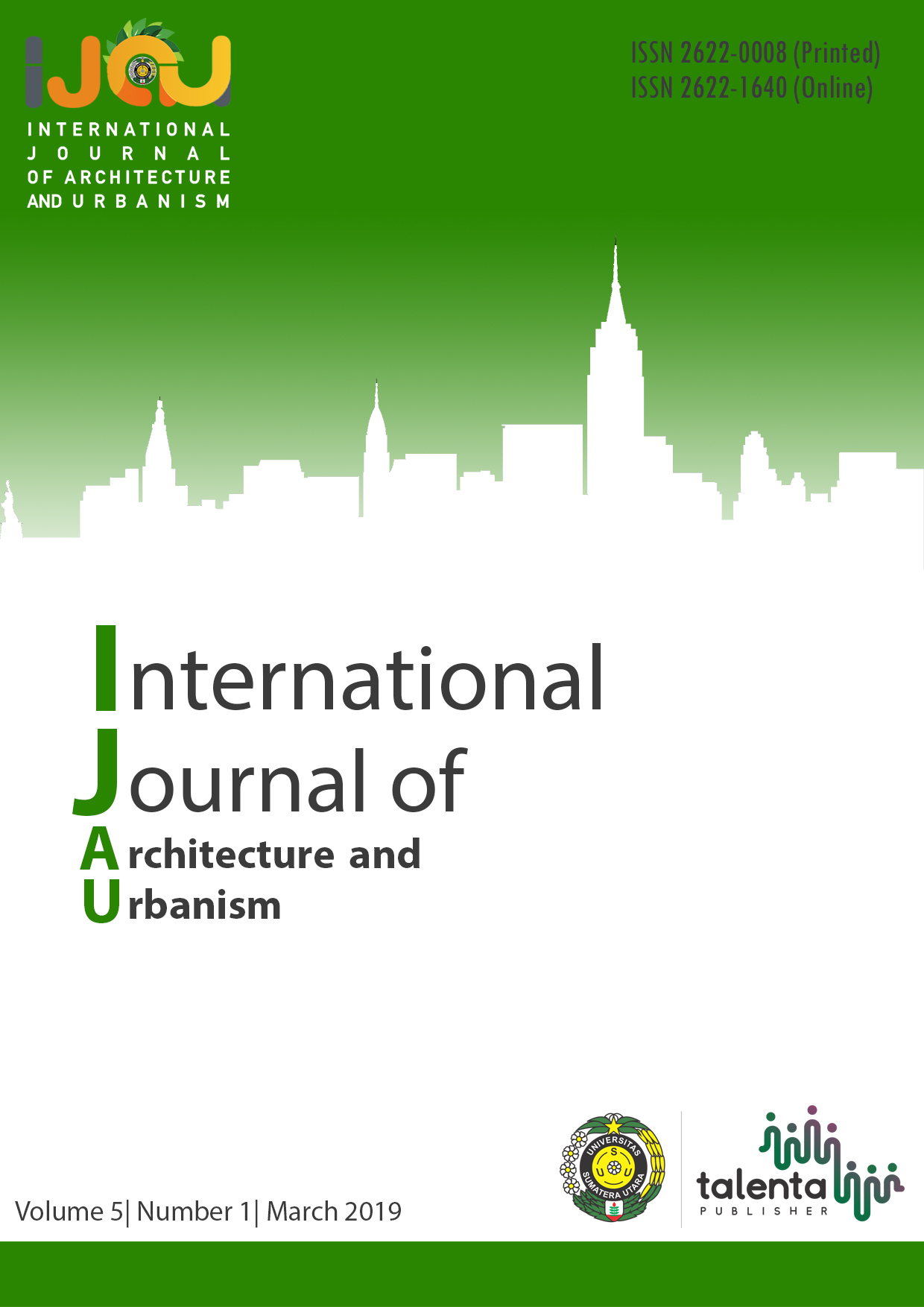CPTED Assessment in High Rise Building Underground Parking Facilities (Case Study: Cambridge City Square)
DOI:
https://doi.org/10.32734/ijau.v5i1.6028Keywords:
ahp, cpted, parkingAbstract
Abstract. Buildings grow rapidly in urban areas. Along with the newly built buildings, the need for supporting facilities is increased significantly like the need for parking facilities. Yet, there was still a failure on the building design that will lead criminals to do something that can be dangerous and threaten human security. However, there is still anther ways to prevent crime by considering the design and criminal aspects, that is CPTED (Crime Prevention Through Environmental Design). This research aims to assess CPTED implementation in a high rise building underground parking facilities in Medan. This research uses the descriptive qualitative method to reveal data systematically, factually, and describe the various phenomenon of a particular population or area. Data stored and processed with AHP (Analytical Hierarchy Process) methods with the help of computer software named Super Decision on getting the value of each specific CPTED key concept for parking facilities. The final CPTED assessment score is 2.994 out of 4. This score is on the range of 2,51-3,00 rating system and categorized as good and shows that CPTED implementation at Cambridge City Square underground parking facilities is suited in CPTED principles even though there are still various components of variables and sub-variables were missing and below standard quality. The result of this research is expected to be useful in the field of architecture especially in preventing crime.
Downloads
Downloads
Published
How to Cite
Issue
Section
License
Copyright (c) 2021 International Journal of Architecture and Urbanism

This work is licensed under a Creative Commons Attribution-ShareAlike 4.0 International License.


.png)










